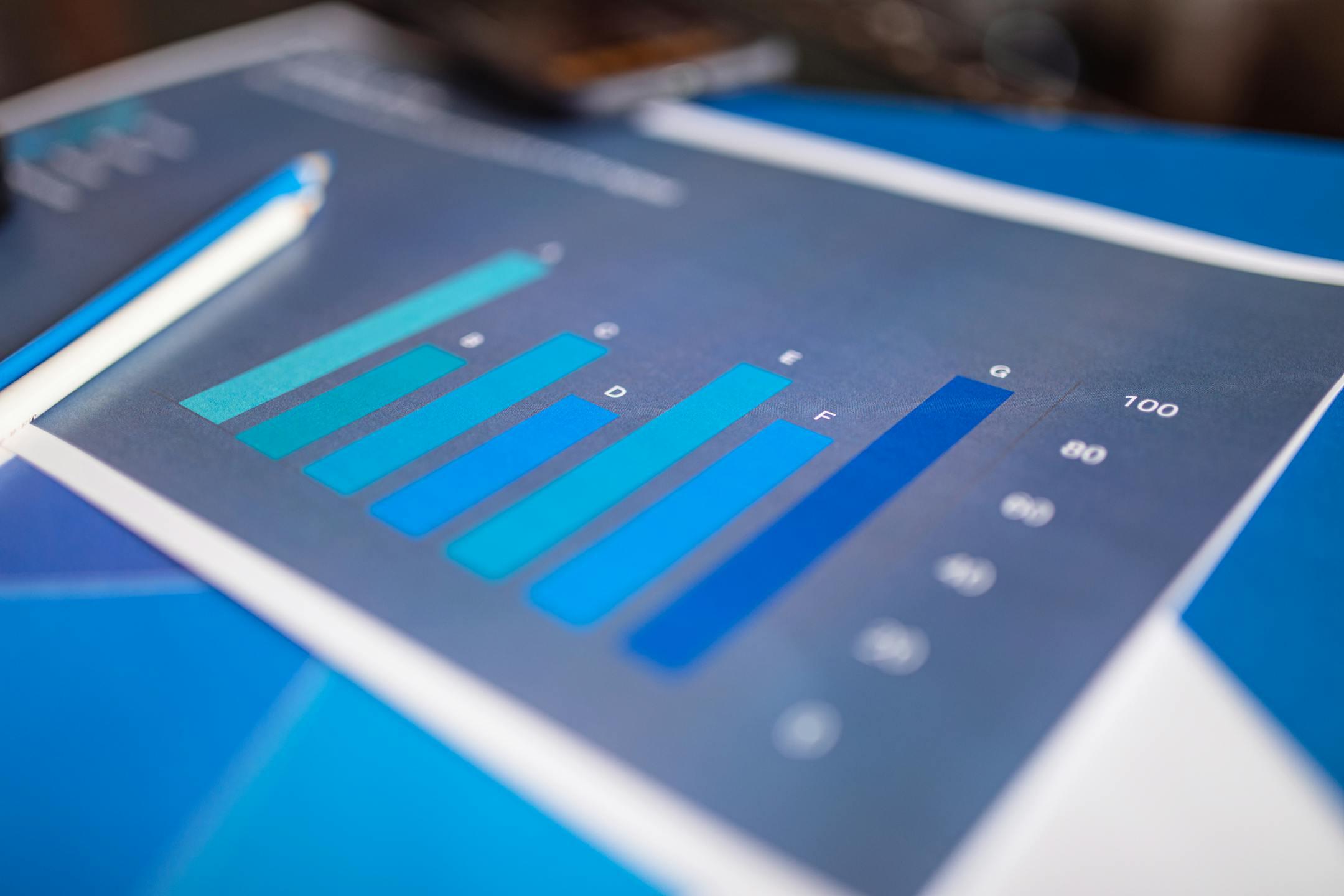
Margin trading can be a powerful way to grow your investments—but it also comes with significant risks. Whether you are new to investing or looking to level up your trading strategy, it is essential to understand how margin works, what the benefits are, and what you are risking when you borrow to invest.
In this guide, we will break it all down in simple terms.
What Is Margin Trading?
Margin trading is when you borrow money from a broker to buy more assets than you could with just your own funds. This borrowed money increases your buying power, allowing you to amplify your potential gains or losses.
Think of it like using a credit card to buy stocks. If the investment performs well, you profit more than you would have with just your own cash. But if it goes south, you still owe the borrowed money plus interest.
How Does It Work?
Here is a step-by-step example:
This is typically a 2:1 leverage—meaning for every $1 you invest, you can control $2 worth of assets.
Key Terms to Know
The Upside of Margin Trading
The Risks You Shouldn’t Ignore
Margin trading can be risky, especially if you are not fully prepared.
Is Margin Trading Right for You?
Margin trading isn't for everyone. It requires:
Ask yourself:
If you answered “no” to any of these, it might be best to stick with cash-only investing for now.
Pro Tips for Safe Margin Trading
✅ Start small: Use limited leverage until you are more confident.
✅ Set stop-loss orders: This helps manage risk by automatically selling a position at a certain price.
✅ Keep an eye on interest: The longer you hold a margin position, the more you will pay.
✅ Stay informed: Markets can move fast. Keep learning and adjusting your strategy.
Final Thoughts
Margin trading offers exciting potential, but it also demands discipline, knowledge, and a strong risk management strategy. Before diving in, make sure you truly understand the mechanics and the consequences.
Always treat margin as a tool, not a shortcut. Used wisely, it can enhance your investing journey. Used recklessly, it can end it.
Brokerage Products and Services offered by Planner Securities, LLC - Member FINRA and SIPC.
Review Planner Securities’ brokerage services with FINRA BrokerCheck.
Click here to view the Customer Relationship Summary.
Online trading has inherent risk due to system response and access times that may vary due to market conditions, system performance, and other factors. An investor should understand these and additional risks before trading. Carefully consider the investment objectives, risks, charges and expenses before investing. All investments involve risk and losses may exceed the principal invested. Past performance of a security, industry, sector, market, or financial product does not guarantee future results or returns. Planner Securities is a discount broker that provides self-directed investors with brokerage services, and does not make recommendations or offer investment, financial, legal or tax advice.
Options trading involves risk and is not suitable for all investors. Options trading privileges are subject to Planner Securities’ review and approval. Please review the Characteristics and Risks of Standardized Options brochure before you begin trading options.
Investors should consider the investment objectives, risks, and charges and expenses of a mutual fund or ETF carefully before investing. Leveraged and Inverse ETFs may not be suitable for long-term investors and may increase exposure to volatility through the use of leverage, short sales of securities, derivatives and other complex investment strategies. A mutual fund or ETF prospectus contains this and other information and can be obtained by emailing trading@plannersecurities.com
Margin trading involves interest charges and risks, including the potential to lose more than deposited or the need to deposit additional collateral in a falling market. The Margin Disclosure Statement and Agreement (PDF) is available for download, and contains information on our lending policies, interest charges, and the risks associated with margin accounts.
See our Pricing page for detailed pricing of all security types offered at Planner Securities. All prices listed are subject to change without notice.
Any specific securities, or types of securities, used as examples are for demonstration purposes only. None of the information provided should be considered a recommendation or solicitation to invest in, or liquidate, a particular security or type of security.
This is not an offer or solicitation in any jurisdiction where Planner Securities is not authorized to conduct securities transaction.
System response and access times may vary due to market conditions, system performance, and other factors. Planner Securities LLC and its affiliates do not provide tax advice, and you always should consult your own tax adviser regarding your personal circumstances before taking any action that may have tax consequences.
Member of SIPC. Securities in your account protected up to $500,000. For details, please see www.sipc.org.